New Small Community Based Schools Have Big Implications
Key Points
-
Gem Prep is launching several microschools called Learning Societies across Idaho.
-
Gem Prep will be using their online schools’ curriculum, with experienced parents running the sites at locations including churches, homes, and business office space.
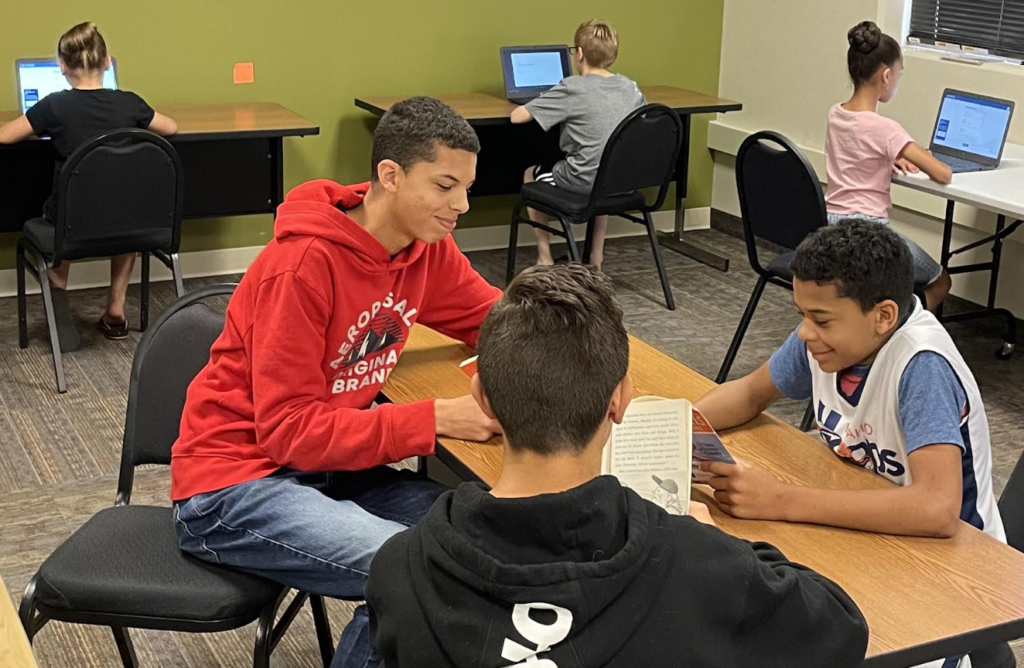
Gem Prep is launching several microschools called Learning Societies across Idaho that will be using their online schools curriculum, with experienced parents running the sites at locations including churches, homes, and business office space.
Founded by Jason Bransford in 2015, Gem Prep operates five K-12 schools in southern Idaho and a statewide online school.
Learning Societies will serve 15-20 students with 2 adults on site. Learners will enroll in Gem Prep Online but will not need a full time adult in their home as other online students do.
Morning hours will include core instruction led by certified teachers online. Afternoon schedules will be flexible for supplemental learning opportunities to be determined locally by site leaders in conjunction with the families they serve.
Learning Societies will serve grades K-5 in the 2022-23 school year with plans to roll up to K-12 in the future. The model was developed with support from the J.A. and Kathryn Albertson Family Foundation.
The enriched staffing model of Learning Societies, with online teachers and compensated site supervisors, requires inexpensive real estate to be sustainable. Bransford thinks churches, often vacant during the week, will be a common location for this new network of hybrid microschools.
New Models and Implications
The new Gem Prep model has deep roots and big implications.
Homeschool parents have been forming cooperative structures for learning and custodial care for more than a century in America. The informal nature of these coops makes it hard to track, but it appears that the trend accelerated 25 years ago with the internet and online learning giving rise to coops riding on virtual schools.
Starting about 15 years ago, what Christensen Institute called Flex Models emerged where “online learning is the backbone of student learning, even if it directs students to offline activities at times. Students move on an individually customized, fluid schedule among learning modalities…and students learn mostly on the brick-and-mortar campus.” Miami Dade opened iPrep flex academies powered by Florida Virtual in most of its comprehensive high schools.
Networks of alternative flex high schools opened in the southwest: Altus Schools in Southern California, Premier in Texas, and Ombudsman in Arizona. These flex models feature intimate and convenient settings, flexible and personalized schedules and courses of study, and accelerated high school completion.
Most flex models lack deeper learning with few opportunities for extended and student-directed projects. Gem Prep Online is one of the few virtual schools that feature a significant number of projects–and these will be brought into the secondary grades as they are added to Learning Societies.
Pandemic school closures and the shift to virtual learning spurred development and expansion of thousands of cooperative learning models (see the CRPE Learning Pods Study).
Prenda Schools, a venture-backed startup, launched its nanoschool model in 2017. In partnership with a virtual charter school, it expanded to more than 300 sites and 3000 students during the pandemic. The K-8 sites are typically in home settings and serve 5-8 students. Compared to early flex models, Prenda features more collaborative and project-based learning. In addition to Arizona, Prenda now serves families in Colorado, Kansas, New Hampshire, and Louisiana and just announced $20 million in funding to help expand its business and vision.
Another Arizona example of new learning models leveraging an online backbone are ASU Prep Local microschools opening this fall on ASU campuses in Mesa and Glendale. In addition to access to college courses, ASU Prep Local learners will have access to college campus resources including faculty interactions.
This summer is an opportunity for school districts (particularly those losing enrollment) to test demand for new small flex schools.
Tom Vander Ark
The pandemic appears to have doubled homeschooling (including lots of new cooperative structures) while expanding charter school enrollment particularly in new models. The growth of small, flexible community connected learning options appears to be more of a long term shift than a short term event.
Like the rural microschools in the Place Network, small flexible community-based schools offer the opportunity for thousands of rural communities to reopen schools.
This summer is an opportunity for school districts (particularly those losing enrollment) to test demand for new small flex schools. Districts could use their own online capabilities or partner with operators like ASU Prep Digital and Gem Prep Online.
Learning Societies are another sign that for public education to remain vital, it must be flexible and responsive to community needs.
This post was originally published on Forbes.
The New Pathways (#NewPathways) campaign will serve as a road map to the new architecture for American schools, where every learner, regardless of zip code, is on a pathway to productive and sustainable citizenship, high wage employment, economic mobility, and a purpose-driven life. It will also explore and guide leaders on the big education advances of this decade–how access is expanded and personalized, and how new capabilities are captured and communicated. When well implemented, these advances will unlock opportunities for all and narrow the equity gap. You can engage with this ongoing campaign using #NewPathways or submit an idea to Editor using the writing submission form.


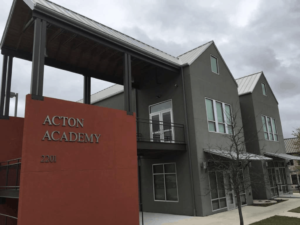
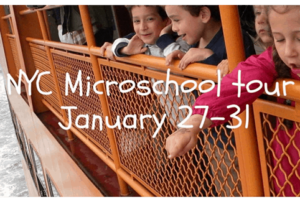
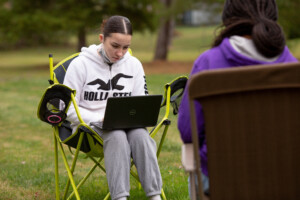
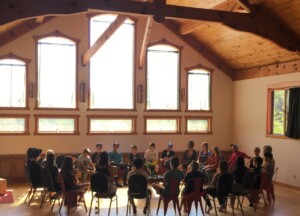
0 Comments
Leave a Comment
Your email address will not be published. All fields are required.